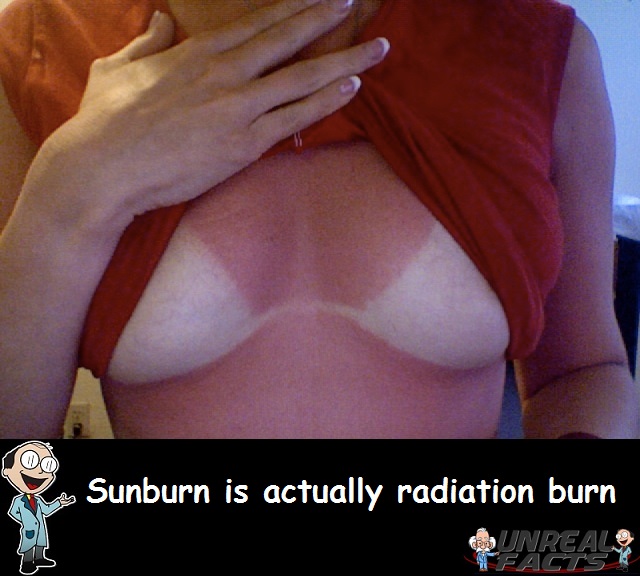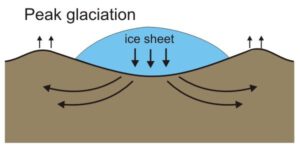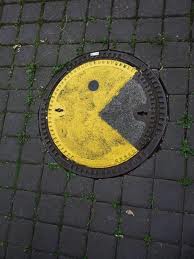With the arrival of summer every year I always anticipate the day where I let my guard down when it comes to protection from the scorching sun. I mean, I’m usually pretty good when it comes to outdoor activities, but if I’m preoccupied with another task I can forget about protection, and I don’t mean protection of the condom kind. I’m talking about protection from the dangerous rays of the sun. Yep, that’s right. At least once every summer I will get burned from too much sun. But did you know that sunburn is actually radiation burn? Little did I know it, but every time I get sunburn, I’m really getting radiation burn. But why is this the case?
When you think of radiation burn most people think of the types of injuries associated with the nuclear fallout following the dropping of the atomic bombs on Hiroshima and Nagasaki at the end of World War II. These are certainly some of the most well documented cases of widespread serious radiation burn. Other notable incidents would have been testing of the bomb and in some of the few meltdown scenarios that have plagued the world. Sure, these incidents were catastrophic and disturbing to see, but the sight of radiation burn is something that everyone has already seen to varying degrees of severity before.
When it comes to radiation burn there are four main types of radiation that are of greatest concern to the public. They are thermal radiation, ultraviolet light, radio frequency energy and ionizing radiation. The burn suffered by those caught in nuclear disasters such as the blasts in Nagasaki and Hiroshima experience thermal radiation. While this type is painful and pretty well documented, it isn’t the most common type of radiation burn, simply because there aren’t all that many nuclear explosions, thankfully. Accidents with nuclear devices and installations can also result in thermal radiation burns, but again these are rare. The next most common type of burn is due to ionizing radiation.
Ionizing radiation burn is the type of burn that you can get from medical equipment, such as X-rays. The reason that there are quite a few of these is because this technology is used on a daily basis all around the world. While the dosage required to suffer a burn from this type is usually pretty high, especially when it comes to medical doses, burn can still occur intermittently though they are rare. The next type of radiation burn, sunburn, are extremely common.
Without a doubt, the most common type of radiation burn is sunburn caused by ultraviolet radiation. A careless fun day at the beach or a hard days work in the yard can leave most of us with a painful reminder of just how dangerous the sun can be. While I always thought that a sunburn was the result of the hot sun and not radiations, it actually makes perfect sense that a sunburn is radiation burn. The sun is always sending out ultraviolet radiation towards the Earth, and this radiation penetrates our skin. Some people have managed throughout thousands of years to adapt to this type of radiation by building up a higher concentration of melanin in the skin. This melanin, which results in darker skin, can protect the owner of the skin from this type of radiation burn. Unfortunately for fair skinned people, thousands of years living where the sun is less intense has resulted in lower levels of melanin in our skins, and hence the a higher chance of suffering from ultraviolet radiation burn when exposed to high doses of the sun.
SOURCES









